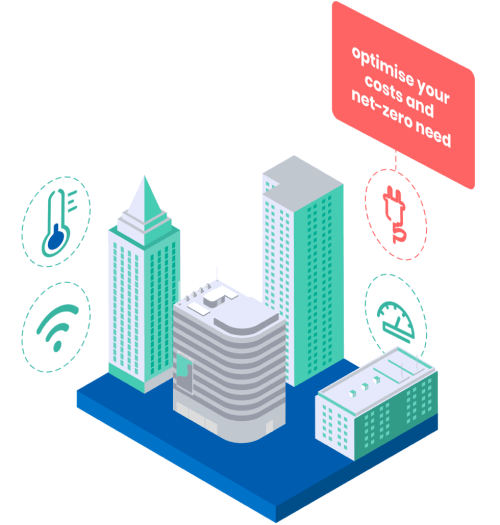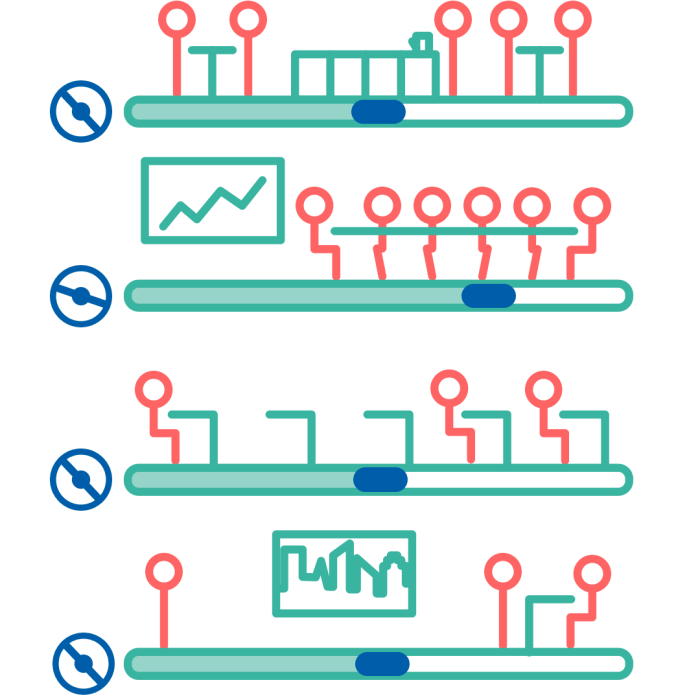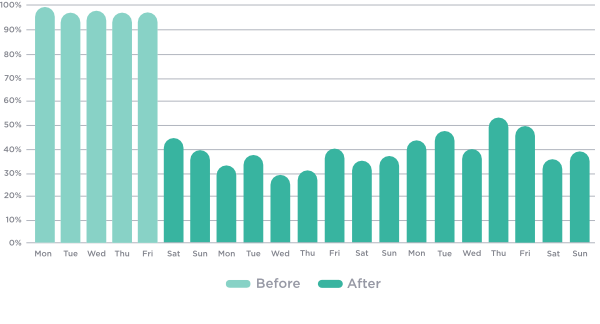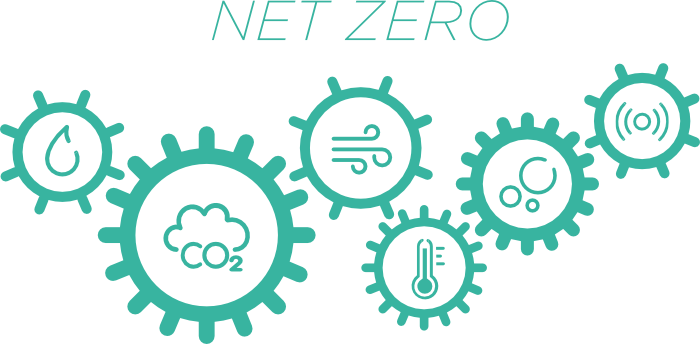Energy Efficiency
Control & save energy
Every building is unique! Each has a variety of HVAC infrastructure & controls, but also a range of stakeholder relationships.
Each building will need to reach net zero. We help buildings efficiently deliver a comfortable and productive space that occupiers can enjoy – by focusing on the ventilation.

For the V of HVAC
How we approach net zero
Need help getting started?
Request a feasibility study & investment grade audit.
Each building is unique. Our approach is to review the heating, ventilation and air conditioning (HVAC) infrastructure in detail, engaging with your supply chain and stakeholders, to prepare the business case for HVAC optimisation and upgrade. We can also deploy an occupancy, IAQ and energy monitoring solution at this stage.
Know what you need already?
Control strategy & implementation.
At our core the LightFi system and sensors are specifically made to feed into existing building systems. But we take it a step further by working together with integrators, BMS engineers, M&E consultants and installers, to design and implement efficient and effective dynamic control strategies, with HVAC hardware upgrades where necessary.
Ongoing support
Across our system and services.
We provide ongoing support whilst our sensors are deployed and active. Ensuring that you always get the best performance from your building. Likewise we can recommend upgrades to specific products based on your evolving requirements.
HVAC OPTIMISATION & AUTOMATION
Dynamic building control
Our patented dynamic control sensors and full range of occupancy and IAQ data integrates directly into any building control or building management system (BMS).
Fully integrated with the BMS, we work together with your engineers to design an efficient dynamic control strategy that allows the HVAC supply to be relative to the amount of people in the space.
“During COVID lockdowns, we had 95% of staff working from home but energy usage was down by 50% only. We need to stop wasting energy on empty spaces.”
Quentin, Energy Manager


LightFi’s sensors for occupancy-based AHU control strategy
Results
Meaningful energy and carbon savings
Through the addition of dynamic control to their HVAC system, our clients have achieved significant energy and carbon savings.

Amounting to 10% – 25% savings of a building’s total energy use. That’s a 9 to 24 months return on investment for a smart building solution capable of much more than carbon and energy savings.
Additional benefits
When using on-demand ventilation control
Tenants & occupiers
Better thermal comfort
Improved well-being and engagement
Reduced number of complaints
Service providers
Easy to deploy & implement
Longer HVAC lifetime & better performance
Intuitive software
More insights for planned replacements
Landlords
Increased rental income
Cheaper debt and access to green finance
Increased capital value (NABERS, BREEAM, WELL, GRESB)
“We shouldn’t talk about energy efficiency or well-being in isolation, but in association with other aspects of comfort and space use. Both are part of a system.”
Andres Guzman
VENTILATION INFRASTRUCTURE UPGRADE
SuperAHUTM
We’ve teamed up with leading integrators and installers to deliver targeted ventilation infrastructure upgrades that improve the efficiency and performance of existing systems.
The SuperAHUTM upgrade includes:
Installing Modulating Volume Control Dampers on ducting for each floor/zone
Replacing AHU scroll fans with an array of EC plug fans (optional)
Installing UVC or ionisation to clean return air
Benefits of the SuperAHUTM are:
Larger ventilation capacity and improved fresh air delivery with granular floor and zone control
Higher energy savings and better building EPC rating

Dynamic building control
Whether you already know what you need, or you’d like some help continuing your building’s net zero journey – our system architecture and approach can help.
Choose your starting point with us.

Upgrade in the future
Tailor the system to what you need now
Our wireless IoT architecture is designed to be flexible, extensible and future-proof.
Dip your toes or dive straight in, you decide…
Survey
Save
Maximise
Tier 1
One-off cost only
Tier 2
Hardware, BMS integration & subscription
Tier 3
HVAC services, hardware & subscription
PRODUCTS
HVAC optimisation feasibility study & audit
If needed
If needed
IoT platform (LightFi Portal) & API
BASE (full gateway & sensor)
Sahara (CO2 and PM2.5 sensor)
Hoth (temperature and humidity sensor)
X1 (PIR desk & meeting room sensor)
BASE Pro – BMS integration for all sensors
Control strategy design and consultation
If needed
SuperAHUTM
See
Tier 1
One-off cost only
PRODUCTS
HVAC optimisation feasibility study & audit
Capture
Tier 2
Hardware, BMS integration & subscription
PRODUCTS
HVAC optimisation feasibility study & audit – if needed
IoT platform (LightFi Portal) & API
BASE (full gateway & sensor)
Sahara (CO2 and PM2.5 sensor)
Hoth (temperature and humidity sensor)
X1 (PIR desk & meeting room sensor)
BASE Pro – BMS integration for all sensors
Control strategy design and consultation – if needed
Improve
Tier 3
HVAC services, hardware & subscription
PRODUCTS
HVAC optimisation feasibility study & audit – if needed
IoT platform (LightFi Portal) & API
BASE (full gateway & sensor)
Sahara (CO2 and PM2.5 sensor)
Hoth (temperature and humidity sensor)
X1 (PIR desk & meeting room sensor)
BASE Pro – BMS integration for all sensors
Control strategy design and consultation
SuperAHUTM